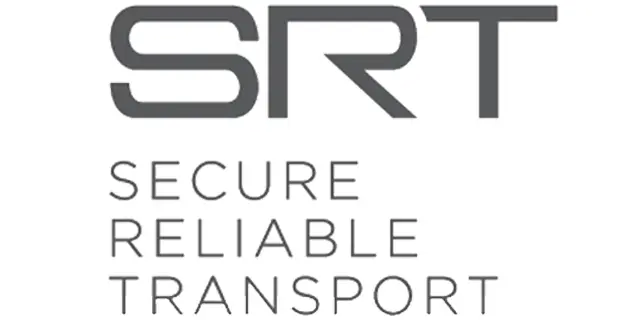The streaming world is beaming with the news about the invasion of SRT.
And to spice it up, this article would introduce you to a few amazing facts about SRT streaming and how it works!
Before diving into the facts it is important to know about SRT.
What is SRT? How does it work?
You would have read so many definitions about SRT.
To put it short, SRT is a Secure, Reliable, video streaming Transfer Protocol designed to deliver the best quality videos over any type of network.
SRT works pretty well even over the worst networks!
Low latency videos are delivered over any type of network! And that is one big step by Haivision.
SRT delivers the best quality videos by combining Low latency UDP with ARQ (Automatic repeat request) packet loss recovery.
Your video streams are kept secure and you can monitor the packet loss or any fluctuations that might affect your stream. SRT can stream any type of content.
You can stream H.264-MPEG-4/AVC and HEVC-H.265 videos which are high-efficient video streams.
SRT maintains UDT’s UDP packet structure. Haivision has made sure that it contains some modifications to make it more reliable.
How far reliable is the SRT protocol?
The SRT protocol includes AES-128, AES-256 bit encryption to ensure the secure delivery of high-value content.
Inspite of the packet loss, bandwidth fluctuations, limitations of the Internet and jitters, if you are able to recover the best quality video which is transmitted with the utmost care, then SRT protocol sure deserves the applause!
While the megacorps like Microsoft and Alibaba began to reap the benefits associated with SRT, thousands of organizations and open-source technologies like OBS Studio, VLC by VideoLAN and many OTT platforms have also adopted SRT recently!
Let us check out the 5 amazing facts about SRT streaming!
- SRT protocol is royalty-free which means that it is an open-source streaming protocol which is actually a piece of good news!
- SRT is not allergic to any particular codec. It supports all forms of content and any type of codec. Unlike the other protocols, that support specific formats of video and audio streams, SRT is a universal protocol that does not affect the workflow.
- SRT is 12 times faster than RTMP. It is proven that SRT is faster than RTMP. While SRT delivers optimal video audio output while streaming at 20 Mbps, RTMP failed when streaming at 2 Mbps over long distances.
- While RTMP and UDP lack in-built encryption, SRT keeps the information secure by its AES algorithm which is essentially used by military departments and governments to secure the classified information.
- The Faster Retransmit feature of the SRT protocol addresses the issue of data loss by retransmitting the unacknowledged data packets. Therefore, this feature has reduced the receiver buffer size and therefore the latency.
And, here is the big news!
Livebox supports SRT streaming!
Experience ultra-low latency streaming which is at the same time secure and reliable, wrapped by SRT!
Get to know the latest updates of Livebox for 2021 here!




